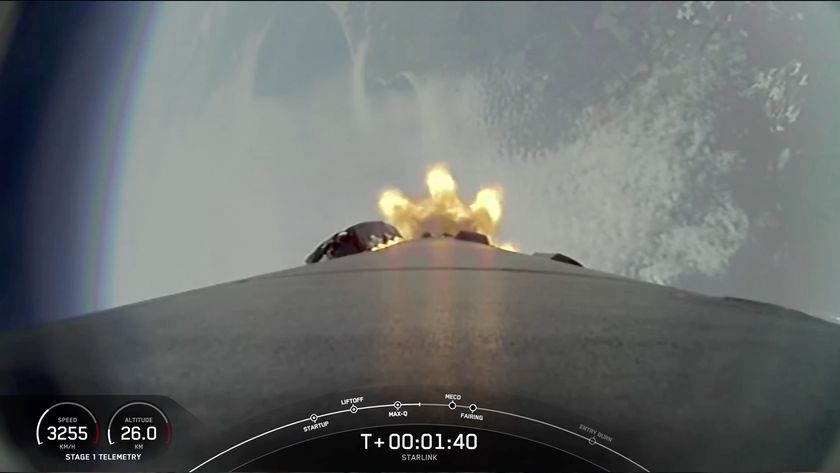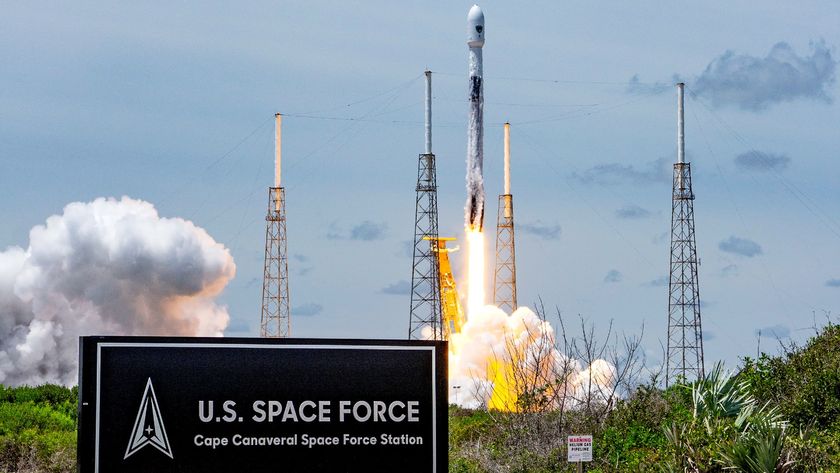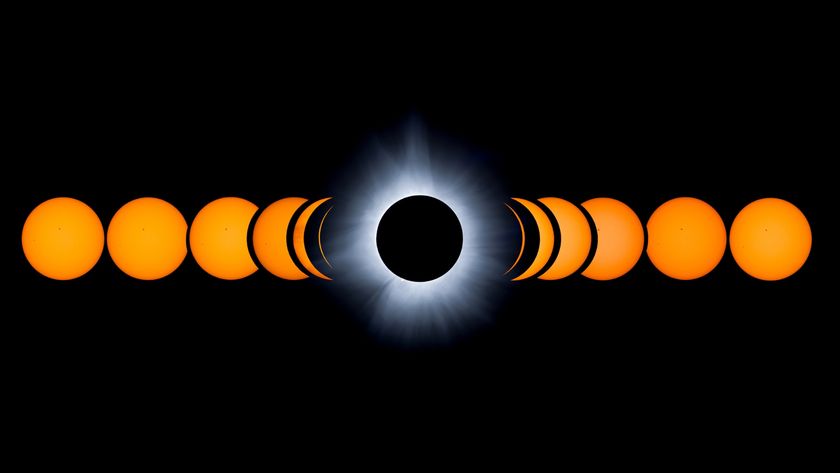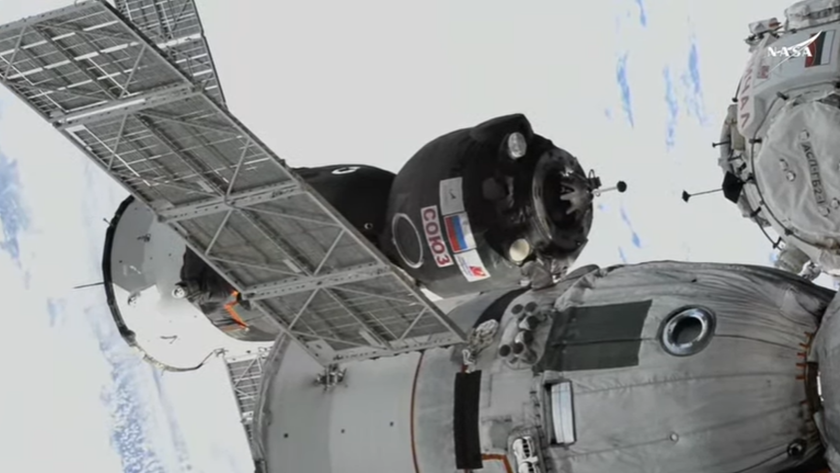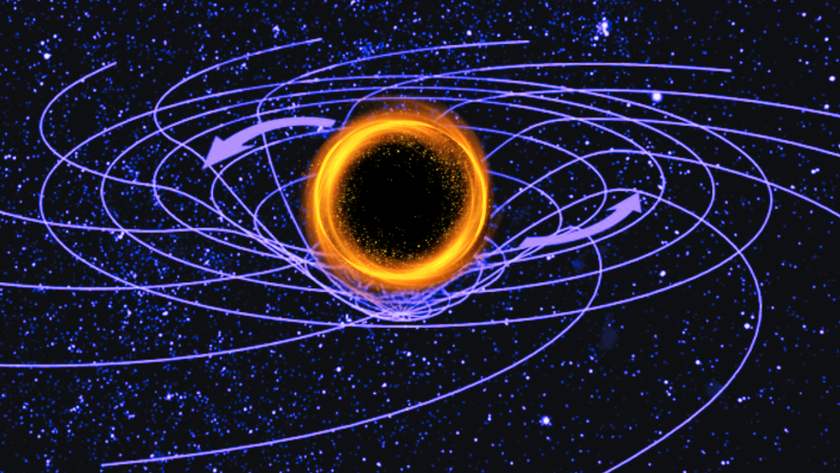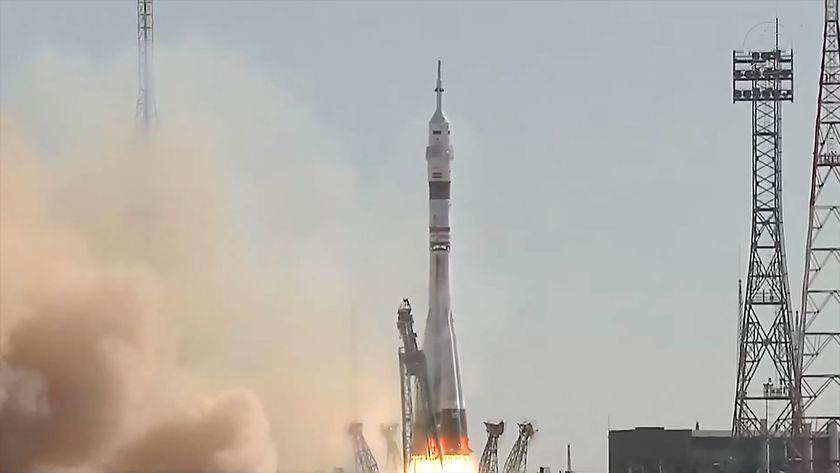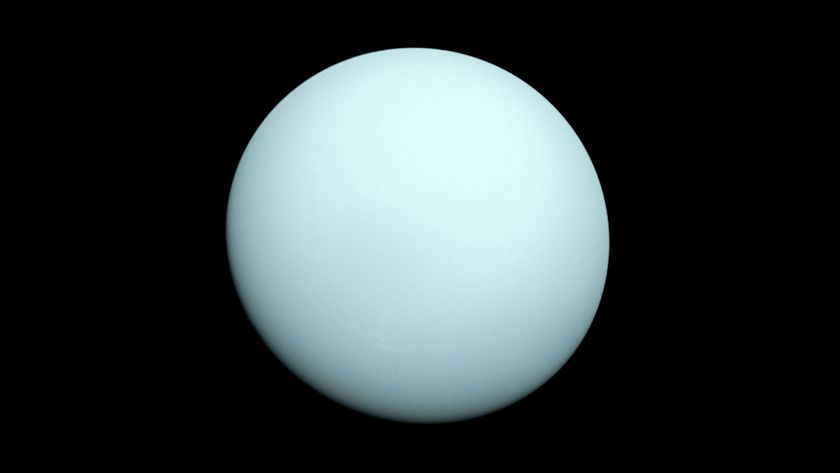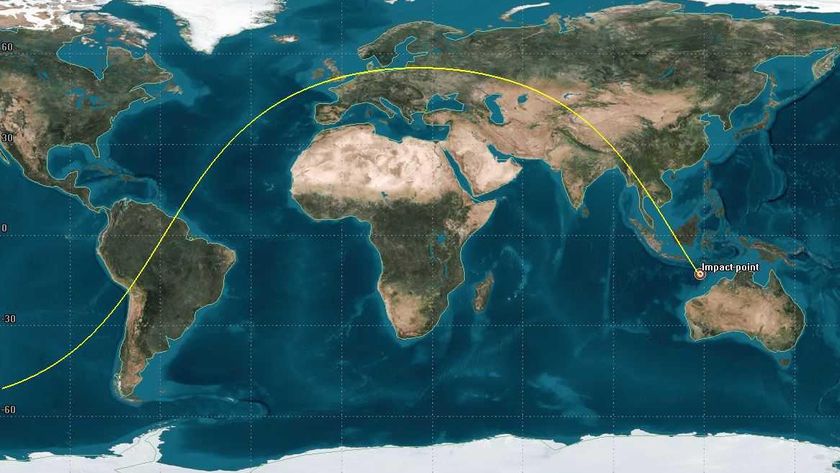Satellite's 1st Views of Earth (and Moon) Are Jaw-Dropping
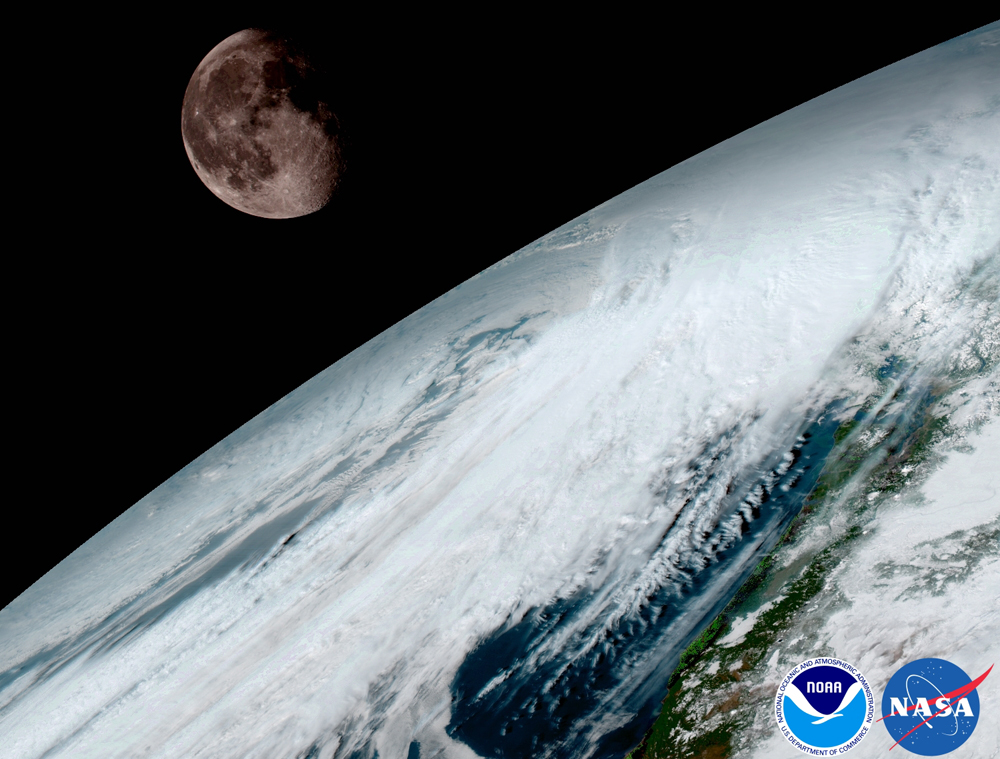
GOES-16 captured this view of the moon as it looked across the surface of the Earth on January 15. Like earlier GOES satellites, GOES-16 will use the moon for calibration. (Image credit: NOAA/NASA)
A new weather-tracking satellite has beamed back its first images of Earth from orbit, and the view is absolutely beautiful!
The new satellite, called GOES-16, is the first of four cutting-edge weather satellites — collectively known as GOES-R — to be launched into space, and the 16th GOES (Geostationary Operational Environmental Satellite) mission in all.
The National Oceanic and Atmospheric Administration (NOAA) has been using these satellites to study weather patterns for decades. But the new and improved GOES-R group of satellites will provide the best, high-resolution views of Earth to date, allowing for more accurate weather forecasts and storm prediction capabilities, according to NOAA. [Earth from Space: The Amazing Photos by the GOES-16 Satellite]
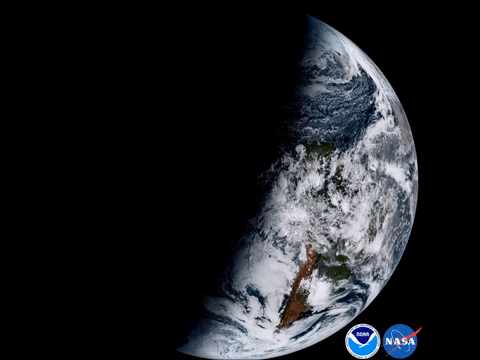
"This is such an exciting day for NOAA! One of our GOES-16 scientists compared this to seeing a newborn baby's first pictures — it's that exciting for us," Stephen Volz, director of NOAA's Satellite and Information Service, said in a statement. The new photo collection includes an updated version of the iconic "Blue Marble" image of Earth as seen from space.
"These images come from the most sophisticated technology ever flown in space to predict severe weather on Earth," Volz said. "The fantastically rich images provide us with our first glimpse of the impact GOES-16 will have on developing lifesaving forecasts."
After its launch on Nov. 19 atop a United Launch Alliance Atlas V rocket, GOES-16 spent about two weeks getting to its final geostationary orbit about 22,300 miles (35,900 kilometers) above North America, near the equator. This type of orbit means that the satellite will always hover over the same part of the Earth, allowing it to continuously keep tabs on the weather.
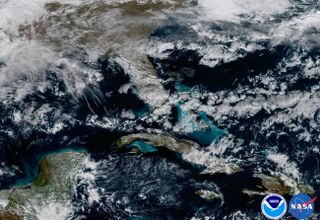
The satellite's new photos, which were taken by its Advanced Baseline Imager instrument, show portions of the Western Hemisphere at four times the image resolution as those taken by older GOES spacecraft, NOAA officials said in the statement. This allows weather forecasters to make more precise predictions not only for routine weather forecasts, but also for extreme weather events, like hurricanes and tornadoes.
Get the Space.com Newsletter
Breaking space news, the latest updates on rocket launches, skywatching events and more!
GOES-16 provides more than just a high-resolution view of the clouds and their movements; the satellite can also closely track lightning down to a resolution of about 6 miles (10 km).
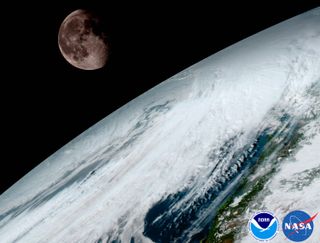
Although GOES-16 may be in a geostationary orbit, its distance from Earth allows it to catch a glimpse of Earth's moon. In fact, just like older GOES spacecraft, GOES-16 relies on the moon to calibrate its Earth-viewing instruments, according to NOAA.
Email Hanneke Weitering at hweitering@space.com or follow her @hannekescience. Follow us @Spacedotcom, Facebook and Google+. Original article on Space.com.
Join our Space Forums to keep talking space on the latest missions, night sky and more! And if you have a news tip, correction or comment, let us know at: community@space.com.

Hanneke Weitering is a multimedia journalist in the Pacific Northwest reporting on the future of aviation at FutureFlight.aero and Aviation International News and was previously the Editor for Spaceflight and Astronomy news here at Space.com. As an editor with over 10 years of experience in science journalism she has previously written for Scholastic Classroom Magazines, MedPage Today and The Joint Institute for Computational Sciences at Oak Ridge National Laboratory. After studying physics at the University of Tennessee in her hometown of Knoxville, she earned her graduate degree in Science, Health and Environmental Reporting (SHERP) from New York University. Hanneke joined the Space.com team in 2016 as a staff writer and producer, covering topics including spaceflight and astronomy. She currently lives in Seattle, home of the Space Needle, with her cat and two snakes. In her spare time, Hanneke enjoys exploring the Rocky Mountains, basking in nature and looking for dark skies to gaze at the cosmos.
